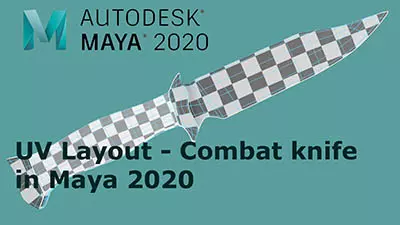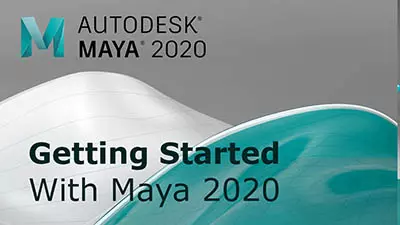guys I am back with another problem.. I m working on a tutorial in which I am supposed to add two isoparms then right click and choose hull option... as you can see the image from the tutorial.
Here below is my example image when I add two isoparm and goto Hull it is showing me around 7 pink lines around my two newly added isoparms..
And if you see the top image from the tutorial he adds two isoparms he gets two hull lines.
same happens when I choose control vertex.
Thanks,








